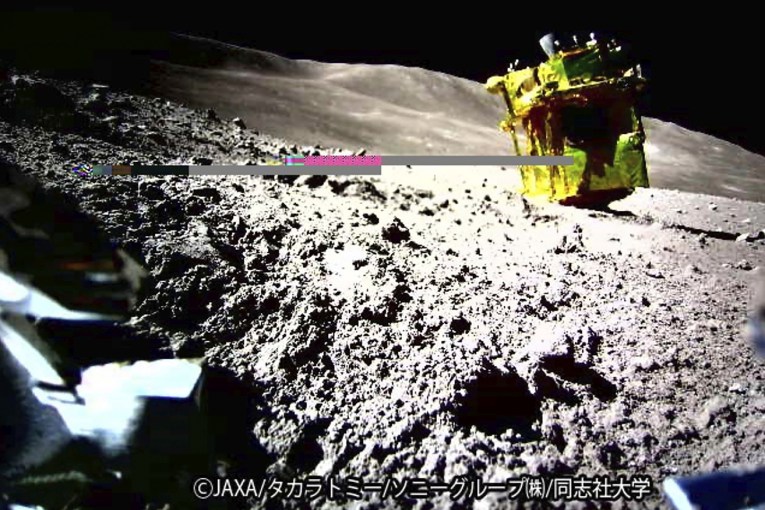NASA announces two new missions to Venus

NASA is heading back to Venus for the the first time in more than thirty years.
The decision to further investigate our closest neighbour comes after after decades of exploring other worlds.
The space agency’s new administrator, Bill Nelson, announced two new robotic missions to the solar system’s hottest planet, which will launch between 2028 to 2030.
“These two sister missions both aim to understand how Venus became an inferno-like world capable of melting lead at the surface,” Mr Nelson said on Wednesday (local time).
Tweet from @NASA
One mission named DaVinci Plus will analyse the thick, cloudy Venusian atmosphere in an attempt to determine whether the inferno planet ever had an ocean and was possibly habitable.
A small craft will plunge through the atmosphere to measure the gases.
‘DaVinci’ is a shortening of Deep Atmosphere of Venus Investigations of Noble Gases, Chemistry and Imaging.
It will be the first US-led mission to the Venusian atmosphere since 1978.
The other mission, called Veritas, will seek a geologic history by mapping the rocky planet’s surface.
“It is astounding how little we know about Venus” but the new missions would give fresh views of the planet’s atmosphere, made up mostly of carbon dioxide, down to the core, NASA scientist Tom Wagner said.
“It will be as if we have rediscovered the planet.”
Venus is in many ways similar to Earth — it is comparable in size, mass and composition, and it is the planet whose orbit is the closest to Earth’s.
While Earth is moderate in temperature and largely covered with water, Venus, with a dense atmosphere of carbon dioxide, is 480 degrees Celsius at the surface.
Each mission will receive $US500 million ($A645 million) for development under NASA’s Discovery program.
The missions beat two other proposed projects, to Jupiter’s moon Io and Neptune’s icy moon Triton.
The US and the former Soviet Union sent multiple spacecraft to Venus in the early days of space exploration.
NASA’s Mariner 2 performed the first successful flyby in 1962, and the Soviets’ Venera 7 made the first successful landing in 1970.
In 1989, NASA used a space shuttle to send its Magellan spacecraft into orbit around Venus.
The European Space Agency put a spacecraft around Venus in 2006.
-with agencies








